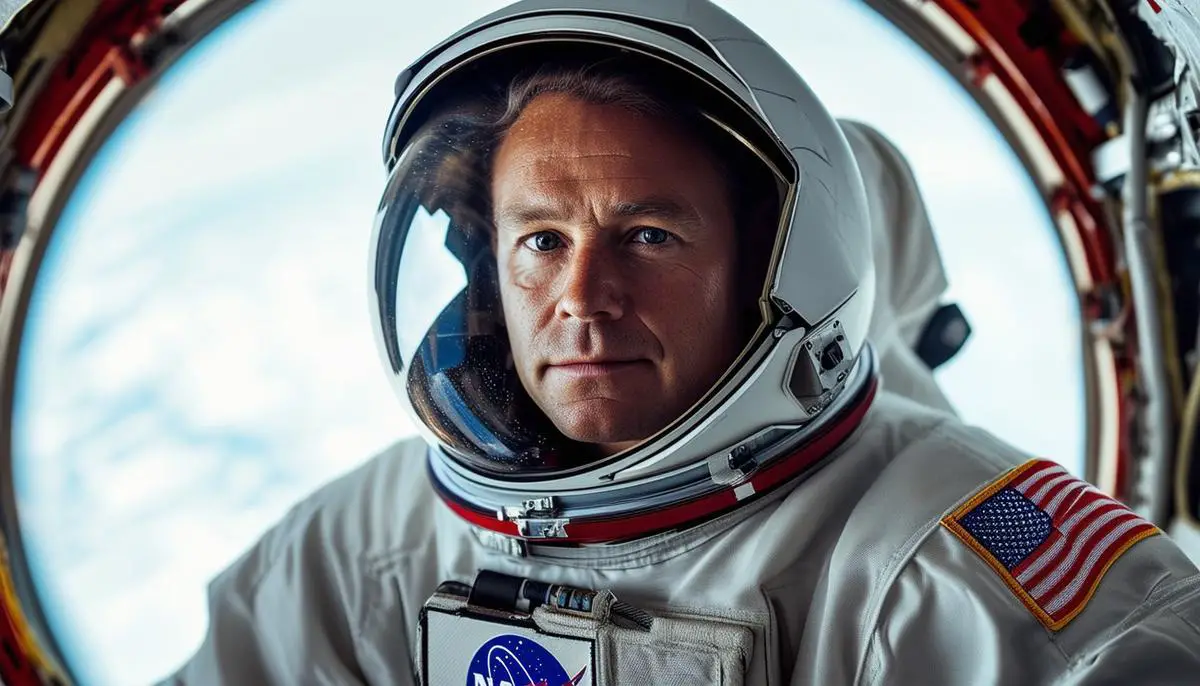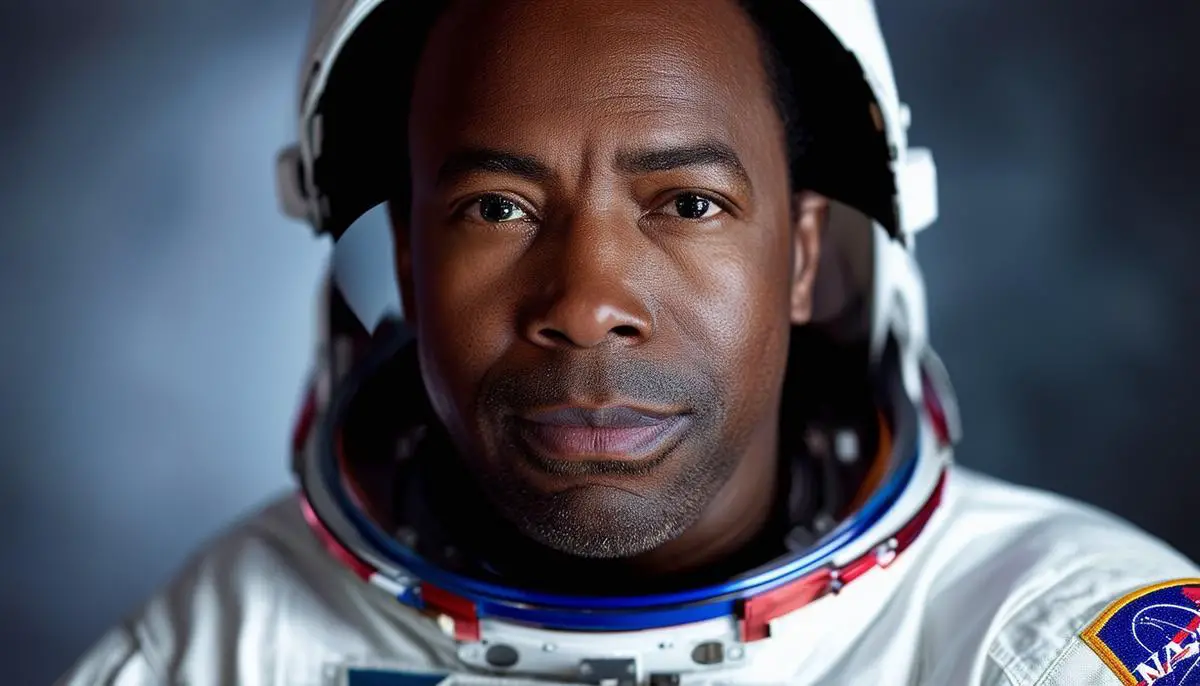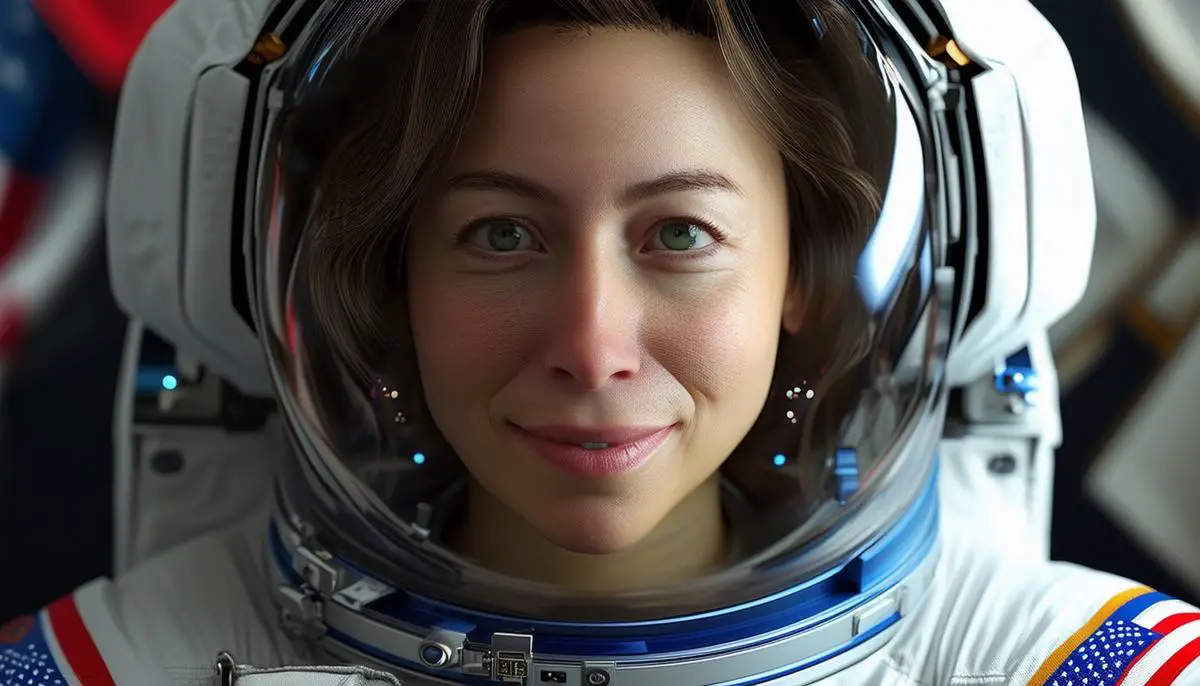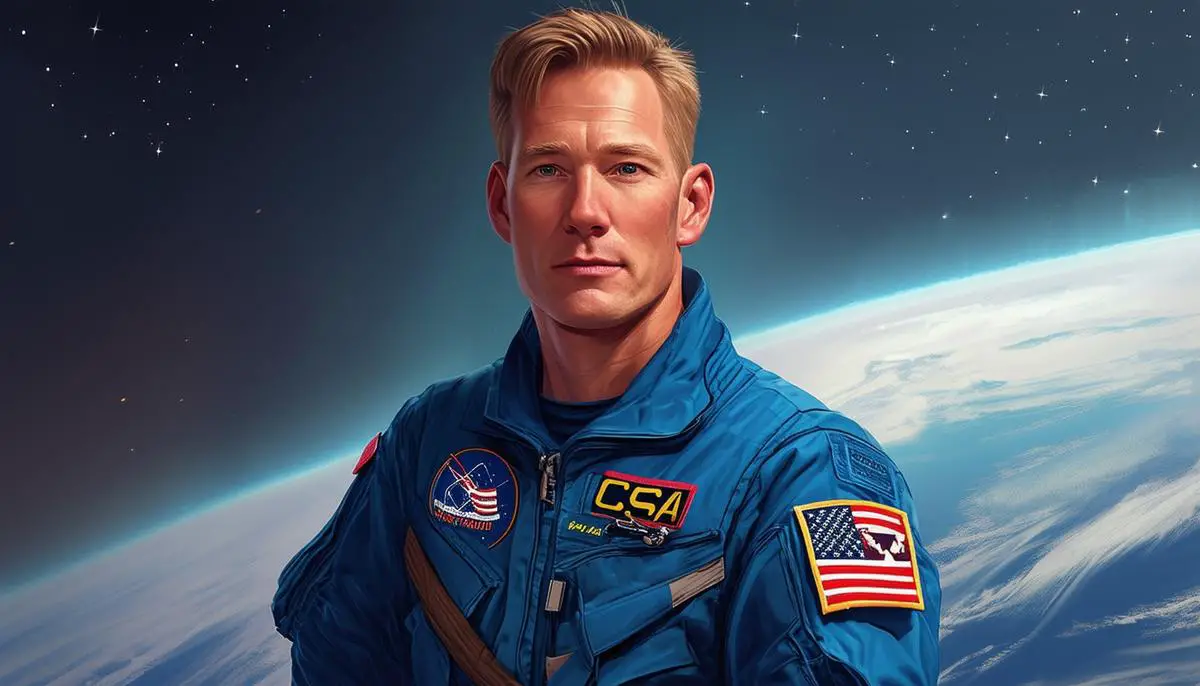Contents
Reid Wiseman: Commander
Reid Wiseman's blend of skills make him an ideal commander for the Artemis II mission. He earned a bachelor's degree in engineering from Rensselaer Polytechnic Institute and a master's degree from Johns Hopkins University. Wiseman's military career as a Naval Aviator and fighter pilot earned him respect and accolades. NASA selected him for the astronaut class of 2009, and his first spaceflight in 2014 saw him spend 165 days aboard the International Space Station (ISS) as part of Expedition 40 and Expedition 41.
As the chief of NASA's astronaut office from December 2020 to November 2022, Wiseman oversaw the recruitment and training of new astronaut classes. His selection as the commander of Artemis II showcases his extensive experience and leadership abilities.
Wiseman emphasizes global collaboration for the Artemis II mission. "This is a global effort, Artemis II, and it's only going to get larger with Artemis 3 and beyond as we get private spaceflight involved; SpaceX is building our lander for Artemis 3," he explained. He sees the mission as an opportunity to unite the world in the pursuit of space exploration.
As the commander, Wiseman will guide the crew through the mission, ensuring that every aspect is executed flawlessly. His extensive background and wealth of experience equip him to handle the challenges ahead. Wiseman's leadership and deep understanding of spaceflight position him as a pivotal figure in the Artemis II mission, paving the way for future explorations and inspiring a new generation of space enthusiasts.

Victor Glover: Pilot
Victor Glover, the pilot for the Artemis II mission, brings a blend of expertise and resilience to space exploration. He earned a bachelor's degree in engineering from California Polytechnic State University and three additional engineering master's degrees. Glover's military service as a Naval Aviator and fighter pilot, accumulating over 3,000 flight hours and 24 combat missions, positioned him as a strong candidate for NASA's astronaut program.
Selected for the 2013 astronaut class, Glover's first spaceflight was aboard SpaceX's Crew Dragon spacecraft in November 2020 during the Crew-1 mission to the ISS. He spent nearly six months as part of Expedition 64, conducting scientific investigations, technology demonstrations, and four spacewalks.
As the pilot of Artemis II, Glover's role encompasses operational responsibilities and ensuring mission success. He views the mission as a critical pathway to achieving NASA's long-term goal of human exploration of Mars. "We need to celebrate this moment in human history," Glover remarked. "Because Artemis II is more than a mission to the moon, and it's more than a mission that has to happen before we send people to the surface of the moon. It is the next step on the journey that gets humanity to Mars."
Glover's background and experience bring a unique edge to the crew, and his dedication and sense of responsibility are evident in his words and actions. His journey from fighter jets to spacecraft epitomizes the spirit of exploration and the relentless pursuit of knowledge.

Christina Koch: Mission Specialist
Christina Koch, the mission specialist for Artemis II, brings technical acumen and an adventurous spirit to the mission. She earned bachelor's and master's degrees in engineering from North Carolina State University. Koch's initial engineering work included developing scientific instruments for NASA missions like the Juno Jupiter orbiter and the Van Allen Probes.
Koch's adventurous spirit was evident in her extensive scientific fieldwork in remote locations like Antarctica, Greenland, and northern Alaska. These experiences tested her resilience and adaptability, qualities indispensable for the demanding environment of space missions.
Selected in the 2013 astronaut class, Koch's first spaceflight to the ISS launched in March 2019. She spent 328 days aboard the ISS—the longest single spaceflight by a woman—and participated in the first all-female spacewalk alongside Jessica Meir.1 Throughout her stay, she conducted six spacewalks, contributing significantly to the station's operations and scientific experiments.
As a mission specialist on Artemis II, Koch's responsibilities include executing a diverse range of tasks critical to the mission's success. Her extensive engineering background and prior spaceflight experience equip her perfectly for the role. Koch sees her involvement as an extension of humanity's desire to explore and push boundaries. "Am I excited? Absolutely. But my real question is, Are you excited?" Koch remarked. "And I ask that because the one thing I'm most excited about is that we are going to carry your excitement, your aspirations, your dreams with us on this mission. Artemis II: your mission."
Koch's responsibilities will include conducting experiments, monitoring spacecraft systems, and ensuring the well-being of the crew. Her background in electrical engineering and hands-on experience with intricate scientific tools position her to effectively handle the technical aspects of the mission. Koch's participation in Artemis II continues her legacy of pushing frontiers, contributing to NASA's endeavors, and inspiring future generations of female scientists and engineers.

Jeremy Hansen: Mission Specialist
Jeremy Hansen brings a diverse set of skills to the Artemis II mission. Born and raised in London, Ontario, Hansen earned a bachelor's degree in honors space science and a master's degree in physics from the Royal Military College of Canada.
As a colonel in the Royal Canadian Air Force, Hansen served as a fighter pilot from 2004 to 2009, leading several squadrons and accumulating extensive experience. Selected by the Canadian Space Agency (CSA) in 2009, Hansen's astronaut training included:
- Participation in the European Space Agency's CAVES program
- NASA's NEEMO underwater mission
These programs simulated the extreme conditions of space, allowing him to develop critical operational skills.
Hansen's contributions to Artemis II as a mission specialist are multifaceted. His background in space science and physics, combined with his experience as a military pilot and field-tested astronaut, equip him to handle a broad array of responsibilities during the mission, from overseeing scientific experiments to ensuring the spacecraft's systems operate seamlessly.
As the first Canadian to travel to deep space, Hansen's participation in Artemis II is a significant milestone for Canada's space program. His presence underscores the collaborative nature of the Artemis program, integrating contributions and talents from international partners. "Our scientists, our engineers, the Canadian Space Agency, the Canadian Armed Forces, across government, all of our leadership working together under a vision to take step by step—and all of those have added up to this moment," Hansen said during a public announcement.
Hansen's journey to the Moon reflects the interconnected nature of modern space exploration. His role facilitates the exchange of knowledge and resources among international partners, enhancing the mission's potential for success. Through Artemis II, Hansen will help demonstrate the feasibility of long-term human presence in deep space, laying the groundwork for future missions that will explore the lunar surface and beyond.

Artemis II Mission Overview
Artemis II is a crucial step in NASA's plan for space exploration. The mission aims to validate the systems and procedures essential for safe and successful manned missions to the lunar surface and beyond.
The mission will begin with the launch of the Orion spacecraft atop the Space Launch System (SLS) rocket from NASA's Kennedy Space Center in Florida. The SLS will propel the Orion capsule out of Earth's orbit and send it toward the Moon. The spacecraft is designed to keep its crew safe in the harsh environment of deep space, equipped with advanced life-support systems, navigation controls, and communication tools.
This approximately 10-day mission will involve several key phases:
- After ensuring that all systems are functioning correctly, the crew will initiate the trans-lunar injection burn, propelling the spacecraft toward the Moon.
- The outbound trip will take the astronauts around the far side of the Moon.
- During the lunar orbit, the crew will conduct scientific and technical demonstrations to test the spacecraft's systems in the unique environment of deep space.
- The return journey will use a gravity assist from the Moon to conserve fuel and resources.
- Upon re-entry into Earth's atmosphere, the spacecraft will endure extreme temperatures and deceleration forces before safely splashing down in the Pacific Ocean.
Artemis II is integral to NASA's vision of sustained human presence on the Moon and the eventual journey to Mars. By demonstrating the effectiveness of the SLS and Orion systems, Artemis II will lay the groundwork for Artemis III, which aims to land the first woman and the first person of color on the lunar surface.1
The mission embodies international cooperation, with the involvement of partners like the Canadian Space Agency and the participation of Jeremy Hansen, the first Canadian to travel this deep into space.
Artemis II is designed to push the boundaries of what humanity can achieve in space. It will test the capabilities of spacecraft and crew, inspiring future generations to look beyond Earth and into the depths of our solar system.
